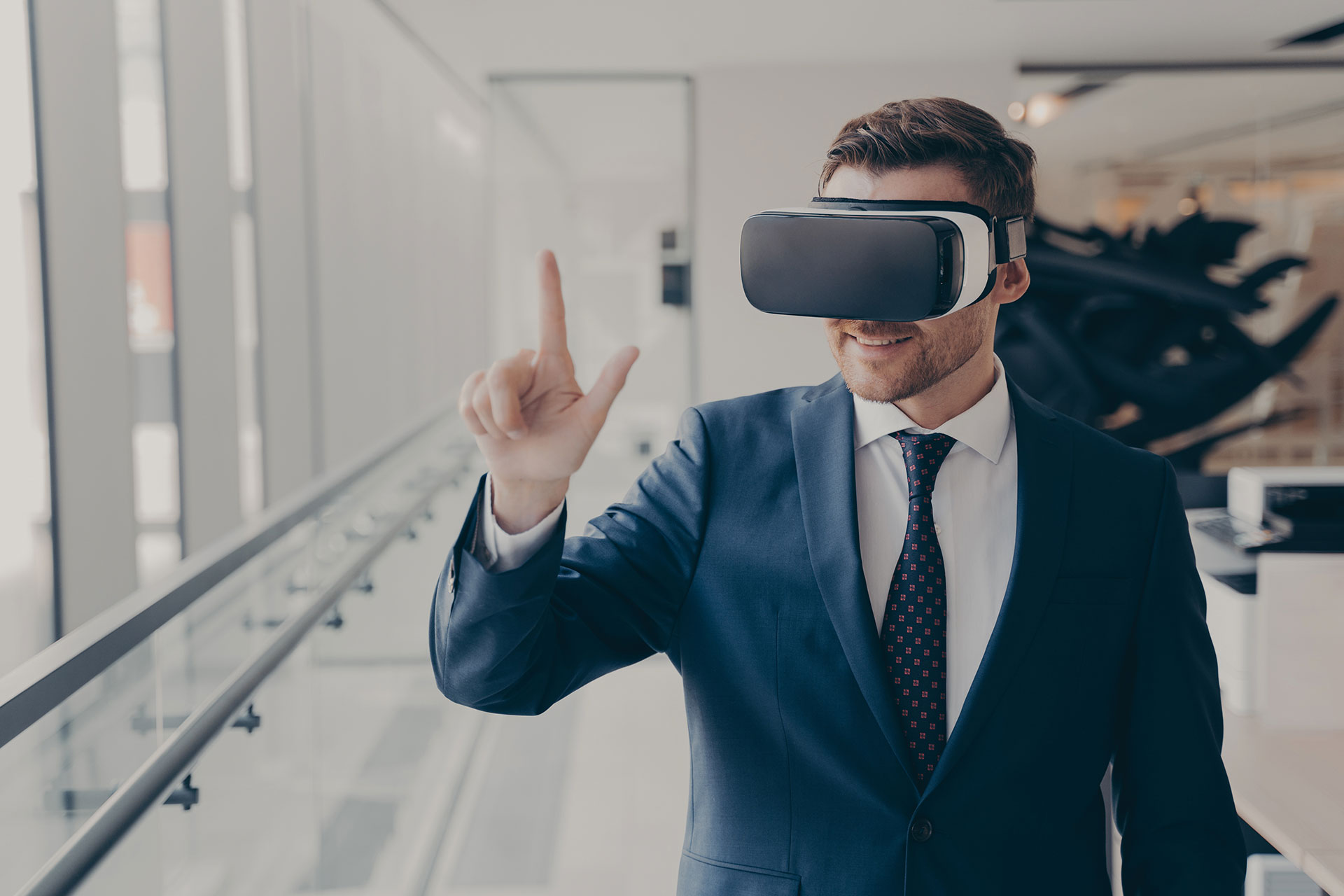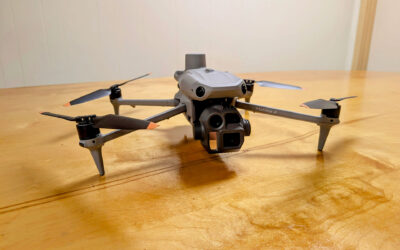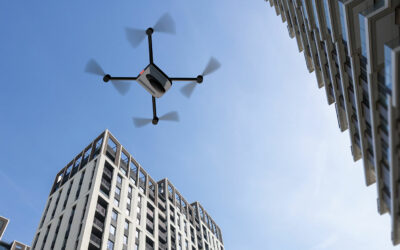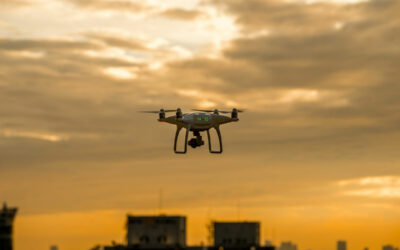BLOG
Exploring Technology Trends in Commercial Property ManagementThe latest advancements in technology shaping the landscape of commercial property management
Smart Building Solutions
Smart building solutions are revolutionizing the way commercial properties are managed. These solutions utilize advanced technologies such as Internet of Things (IoT) sensors, automation systems, and artificial intelligence to optimize building operations and improve efficiency. With smart building solutions, property managers can monitor and control various aspects of a building, including lighting, temperature, security, and energy consumption, all from a centralized platform. This not only enhances tenant comfort and satisfaction but also helps reduce operating costs and minimize environmental impact. By leveraging smart building solutions, commercial property managers can stay ahead of the curve and provide a modern and sustainable environment for tenants.
Another benefit of smart building solutions is the ability to collect and analyze data in real-time. By gathering insights from various sensors and systems, property managers can make informed decisions regarding maintenance, energy usage, and space utilization. This proactive approach allows for predictive maintenance, ensuring that any potential issues are addressed before they become major problems. Additionally, data analytics can help identify patterns and trends, enabling property managers to optimize building performance and make data-driven decisions.
In summary, smart building solutions are transforming commercial property management by offering increased efficiency, improved tenant satisfaction, and cost savings through data-driven decision-making.

Data Analytics and Predictive Maintenance
Data analytics and predictive maintenance play a crucial role in modern commercial property management. Collecting and analyzing data from various sources, such as IoT sensors, maintenance logs, and tenant feedback, allows property managers to gain valuable insights into building performance and maintenance needs. By leveraging predictive analytics, property managers can anticipate maintenance requirements and address them proactively, reducing downtime and minimizing costs.
Furthermore, data analytics can help identify trends and patterns in tenant behavior and preferences. This information can be used to improve tenant satisfaction by tailoring services and amenities to their needs. For example, by analyzing data on energy usage, property managers can identify opportunities for energy-saving initiatives and communicate them to tenants, promoting sustainability and reducing operating costs.
In summary, data analytics and predictive maintenance enable commercial property managers to optimize building performance, enhance tenant satisfaction, and reduce operational costs through proactive maintenance and data-driven decision-making.

Virtual and Augmented Reality in Property Tours
Virtual and augmented reality technologies are revolutionizing the way property tours are conducted in the commercial real estate industry. With virtual reality (VR) and augmented reality (AR), potential tenants can experience properties remotely and explore them in a highly immersive and interactive manner.
Virtual reality allows users to virtually walk through a property, experiencing its layout, design, and features as if they were physically present. This technology eliminates the need for in-person visits and enables tenants to visualize themselves in the space, making it easier for them to make leasing decisions. Augmented reality, on the other hand, overlays digital information onto the real-world environment. This can be used to showcase interactive floor plans, virtual furniture placement, and even simulate potential renovations or redesigns.
By incorporating virtual and augmented reality into property tours, commercial property managers can attract a wider audience, reduce the need for physical showings, and streamline the leasing process. These technologies also provide a unique and memorable experience for potential tenants, setting properties apart from competitors.
In summary, virtual and augmented reality technologies offer innovative ways to showcase commercial properties, enhance the leasing process, and provide an immersive experience for potential tenants.

Blockchain Technology for Secure Transactions
Blockchain technology is transforming the commercial property management industry by providing a secure and transparent platform for transactions. Traditionally, property transactions involve multiple intermediaries, lengthy paperwork, and potential risks of fraud or error. Blockchain technology eliminates these challenges by offering a decentralized and immutable ledger that records and verifies property transactions.
With blockchain technology, property ownership and transfer can be securely recorded and accessed by relevant parties, including buyers, sellers, and property managers. This streamlines the transaction process, reduces paperwork, and minimizes the risk of disputes or fraudulent activities. Additionally, blockchain can provide greater transparency in lease agreements, ensuring that all parties have access to the same information and reducing the potential for misunderstandings or conflicts.
Furthermore, blockchain technology can also enable fractional ownership and tokenization of commercial properties. This opens up new investment opportunities and allows for greater liquidity in the real estate market.
In summary, blockchain technology offers enhanced security, transparency, and efficiency in commercial property transactions, revolutionizing the way properties are bought, sold, and managed.

IoT Integration for Sustainable Buildings
IoT integration is playing a key role in creating sustainable buildings and improving energy efficiency in commercial property management. By connecting various devices and systems through IoT sensors, property managers can monitor and control energy consumption, optimize resource usage, and reduce environmental impact.
IoT sensors can collect real-time data on energy usage, temperature, occupancy, and other factors that impact building performance. This data can be analyzed to identify opportunities for energy savings, such as optimizing HVAC systems, implementing smart lighting solutions, and managing peak demand. Additionally, IoT integration allows for predictive maintenance, enabling property managers to identify and address potential issues before they result in energy waste or system failures.
Moreover, IoT integration can facilitate the implementation of demand response programs, where buildings can adjust their energy usage based on grid conditions and pricing signals. This not only helps reduce energy costs but also supports a more reliable and sustainable energy grid.
In summary, IoT integration enables commercial property managers to create sustainable buildings, optimize energy usage, and reduce environmental impact through real-time monitoring, predictive maintenance, and demand response initiatives.
Technology for Commercial Property Management Continues to Grow and Expand
In conclusion, staying up-to-date with the latest technology trends in commercial property management is crucial for success in today’s competitive market. From automation and data analytics to virtual tours and IoT integration, these advancements can streamline operations, improve tenant experiences, and increase overall efficiency. By embracing these technologies, property managers can position themselves as industry leaders and drive value for their clients and tenants.
Related posts
Unlocking a New Era of Infrared Inspections: RAM Infrared Adds DJI Matrice 4 Series to Its Fleet
RAM Infrared Adds DJI Matrice 4 Series to Its FleetAt RAM Infrared, we know our clients depend on us for more than just thermal imaging—they rely on us for answers. Fast, accurate, actionable insights are the backbone of everything we do. That’s why we’ve expanded our...
Aerial Drone Roofing Services: The Future of Inspections and Thermal Scans
The Future of Inspections and Thermal ScansThe roofing industry is experiencing a technological revolution with the adoption of aerial drone services. These cutting-edge tools are reshaping how inspections and maintenance are performed, offering unparalleled...
Aerial Infrared Imaging: A Cutting-Edge Solution for Roof Surveys
A Cutting-Edge Solution for Roof SurveysAs a commercial building owner or manager, ensuring the long-term health of your building's roof is crucial for protecting your investment. Traditional roof inspections, while effective, can sometimes be labor-intensive and may...


